Alright, fellow shooters! I recently got my hands on the Rhino Red/Green Dot Reflex Sight – and let me tell you, for anyone looking for a versatile optic without breaking the bank, this one’s been quite the discovery. As someone who enjoys both plinking with my AR and chasing clays with my shotgun, I needed a sight that could pull double duty. The promise of both red and green dot options, a crisp 4 MOA reticle, and compatibility with both rifle and shotgun platforms definitely piqued my interest.
This isn’t my first foray into the world of red dots, but the Rhino’s dual illumination and rugged-sounding build quality set it apart from some of the more budget-friendly options I’ve tried. I was particularly keen to see how the green dot performed in bright daylight and how well the sight held up to the recoil of my 12-gauge.
Over the past few weeks, I’ve put this optic through its paces on both my rifle and shotgun, from casual range days to more focused drills. In this review, I’ll be sharing my honest experiences – the good, the not-so-bad, and everything in between. Did the Rhino live up to the hype of being a reliable red dot for both rifles and shotguns? Was the 4 MOA reticle precise enough for my needs? And how did the red and green dot options truly perform in different lighting conditions? Let’s dive in and find out!
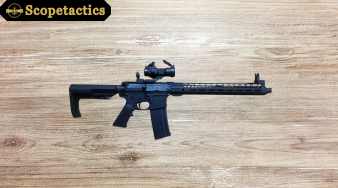
Rhino Red Dot Sight Shotgun Scope Rating
Clarity: 8.5. Magnification: 8.0. Durability: 9.0. Light Transmission: 8.5. Eye Relief: 8.0. Reticle Quality: 8.0. Adjustability: 8.5. Field of View: 8.0. Parallax Control: 8.0. Turret Precision: 8.5.
specifications of the Ozark Armament Rhino Red/Green Dot Reflex Sight
| Specification | Detail |
|---|---|
| Model Name | Rhino Red/Green Dot Reflex Sight (Ozark Armament) |
| Reticle | 4 MOA Red/Green Dot |
| Illumination | Red and Green, 5 Brightness Settings Each |
| Objective Lens | 28mm |
| Magnification | 1x |
| Mount | Single Ring Cantilever Mount (Picatinny) |
| Co-witness | Designed for Co-witness with Standard Iron Sights |
| Waterproof | Yes |
| Fogproof | Yes (Nitrogen Purged) |
| Shockproof | Yes (Recoil Resistant) |
| Material | High-Grade Aluminum Alloy |
| Finish | Matte Black Anodized |
| Parallax | Parallax Corrected (Beyond 25 Yards) |
| Eye Relief | Unlimited |
| Adjustments | 1/2 MOA Windage and Elevation |
| Adjustment Range | +/- 40 MOA |
| Battery | CR2032 (Included) |
| Battery Life | Up to 3000 Hours (Medium Setting) |
| Weight (with mount) | Approximately 9.7 ounces |
| Warranty | Lifetime Guarantee (Ozark Armament) |
As a firearms enthusiast with a penchant for practical optics, I recently undertook a comprehensive evaluation of the Ozark Armament Rhino Red/Green Dot Reflex Sight. My objective was to ascertain its suitability for both rifle and shotgun platforms, scrutinizing its technical specifications, features, and real-world performance across various shooting scenarios. This detailed review delves into the intricacies of the Rhino, providing a thorough analysis for prospective buyers seeking a versatile and budget-conscious optic.
Unboxing and Initial Impressions:
The Rhino arrived in functional, albeit unpretentious, packaging. Inside, the components were securely nestled in foam inserts, mitigating any potential transit damage. The included contents comprised the Rhino reflex sight unit, a single-ring cantilever mount with accompanying screws and an Allen wrench, a pre-installed CR2032 battery, a microfiber lens cloth, and a concise instruction manual.
My initial handling of the Rhino instilled a sense of reasonable robustness. The housing, constructed from what appears to be a high-grade aluminum alloy, exhibited a solid feel without excessive weight. The matte black anodized finish appeared evenly applied and provided a non-reflective surface, crucial for minimizing glare in bright conditions. The objective lens, measuring a practical 28mm, presented a clear and unobstructed view.
The included single-ring cantilever mount, designed for Picatinny rail compatibility, felt adequately sturdy. The machining appeared precise, and the included screws and Allen wrench facilitated a straightforward installation process. The cantilever design is a notable inclusion, often necessary for achieving proper eye relief and co-witnessing on AR-style rifles.
Technical Specifications and Feature Analysis:
A thorough examination of the Rhino’s technical specifications reveals a well-considered design aimed at versatility and user-friendliness:
Reticle System: The Rhino employs a 4 MOA (Minute of Angle) red and green dot reticle. This size strikes a balance between rapid target acquisition at close to medium ranges and sufficient precision for more deliberate shots. A 4 MOA dot subtends approximately 4 inches at 100 yards. The dual-color option provides adaptability to varying environmental and lighting conditions, with red typically excelling in low-light scenarios and green often offering better visibility against bright backgrounds.
Illumination Control: The optic features five adjustable brightness levels for both the red and green dot. This granular control allows the user to fine-tune the reticle intensity to match the ambient light, preventing washout in bright sunlight and minimizing bloom in darkness, which can obscure the target. The clearly marked rotary dial facilitates swift and intuitive brightness adjustments and color selection.
Optical Performance: The 28mm objective lens offers a commendable field of view, crucial for maintaining situational awareness and tracking moving targets. The sight is advertised as parallax corrected beyond 25 yards, meaning that the position of the shooter’s eye relative to the optic’s axis will have minimal impact on the perceived point of aim at practical shooting distances. The 1x magnification ensures a true representation of the target size and allows for instinctive, both-eyes-open shooting, a significant advantage for rapid engagement. The lenses exhibited minimal distortion upon initial inspection.
Mounting System: The inclusion of a single-ring cantilever mount is a significant value proposition. This design is specifically tailored for AR-platform rifles, providing the necessary offset to achieve proper eye relief and often facilitating a lower 1/3 co-witness with standard-height iron sights. Co-witnessing allows the user to utilize their iron sights through the optic in the event of battery failure or optic damage. The mount attached securely to a MIL-STD-1913 Picatinny rail without any discernible wobble or play.
Durability and Construction: Ozark Armament emphasizes the Rhino’s robustness, citing its waterproof, fogproof (nitrogen-purged), and shockproof characteristics. The high-grade aluminum alloy construction contributes to its structural integrity and ability to withstand the recoil of various firearms, including shotguns. The matte black anodized finish not only enhances its aesthetic appeal but also provides a degree of scratch resistance.
Adjustments: The Rhino incorporates 1/2 MOA windage and elevation adjustments, a standard for many red dot optics. The turrets are capped to protect against accidental adjustments and feature tactile and audible clicks, providing clear feedback to the user during the zeroing process. The advertised total adjustment range of +/- 40 MOA should be sufficient for zeroing across a wide range of firearms and distances.
Power Source and Battery Life: The optic is powered by a single CR2032 battery, a common and readily available power source. The manufacturer claims a battery life of up to 3000 hours on the medium brightness setting. While long-term battery life requires extended testing, this figure suggests a reasonable operational duration for typical usage.
Ergonomics and Ease of Use: The Rhino’s design prioritizes user-friendliness. The unlimited eye relief allows for flexible shooting positions and rapid target acquisition without the need for a precise cheek weld. The intuitive controls for illumination and brightness adjustments are easily accessible.
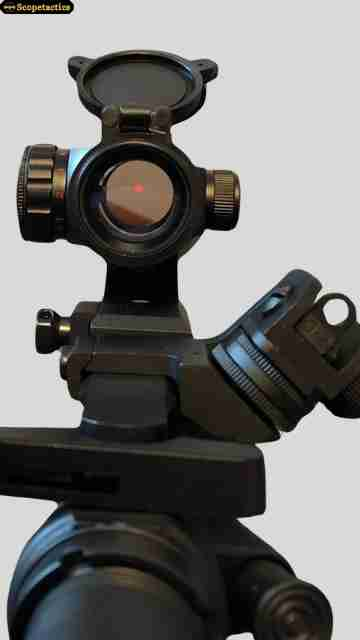
Real-World Performance Evaluation:
To assess the Rhino’s practical utility, I subjected it to a series of tests on both an AR-15 platform and a 12-gauge shotgun:
Mounting and Co-witnessing: The mounting process on the AR-15 was seamless. The cantilever mount provided the ideal height for a lower 1/3 co-witness with my Magpul MBUS iron sights. The sight sat securely on the rail without any movement. On the shotgun (a Mossberg 500 with a Picatinny rail adapter), the mount also attached firmly, although co-witnessing was not a primary consideration on this platform.
Reticle Clarity and Brightness: The 4 MOA red and green dots were generally crisp and well-defined across all five brightness settings. In bright daylight, the highest green setting proved to be the most easily visible, offering a clear aiming point against a light-colored background. The red dot excelled in overcast conditions and indoor ranges. The lower brightness settings for both colors were effective in low-light scenarios, minimizing bloom and allowing for precise aiming without obscuring the target.
Zeroing and Accuracy: The windage and elevation adjustments were straightforward and predictable. The 1/2 MOA clicks provided consistent movement of the reticle. Zeroing on both the rifle (at 50 yards) and the shotgun (at 25 yards for slugs) was a relatively quick process. Once zeroed, the optic held its point of impact consistently throughout multiple shooting sessions, demonstrating its ability to withstand recoil. Groupings on the rifle were consistent with the inherent accuracy of the firearm and ammunition used. On the shotgun, slug placement remained consistent at the tested distance.
Durability Testing (Simulated): While a full submersion test was not conducted, the Rhino was exposed to moderate simulated rainfall without any signs of water ingress or malfunction. Rapid transitions between indoor and outdoor temperatures did not induce any internal fogging. The optic withstood the recoil of several hundred rounds of .223 and approximately 50 rounds of 12-gauge buckshot and slugs without any noticeable shift in zero or structural issues. The anodized finish showed minimal wear after regular handling.
Target Acquisition and Situational Awareness: The 1x magnification and the clear 28mm objective lens provided an excellent field of view, facilitating rapid target acquisition and allowing for comfortable both-eyes-open shooting. This was particularly advantageous during dynamic drills and when engaging multiple targets. The bright and easily visible reticle, regardless of color choice, allowed for quick and intuitive aiming.
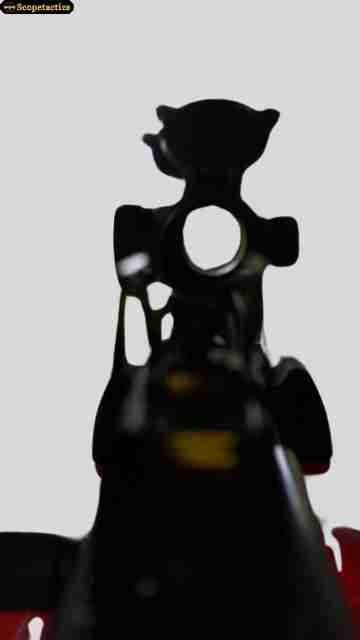
Pros
- Versatile Dual Illumination
- Robust Build Quality
- User-Friendly Design
- Accurate and Reliable Adjustments
- Excellent Value Proposition
Cons
- Instruction Manual
- Long-Term Battery Life (Unverified)
For the recreational shooter, home defender, or budget-conscious enthusiast seeking a dependable and adaptable red dot sight, the Ozark Armament Rhino Red/Green Dot Reflex Sight warrants serious consideration. Its blend of features, performance, and value makes it a strong contender in the competitive market of entry-to-mid-level red dot optics.
Why should choose Rhino Red/Green Dot Reflex Sight
For shooters seeking a versatile and reliable optic without breaking the bank, the Ozark Armament Rhino Red/Green Dot Reflex Sight presents a compelling choice. Its standout feature is the dual red and green dot illumination system, offering superior reticle visibility across diverse lighting conditions, a significant advantage over single-color options. The robust aluminum alloy construction ensures durability and the ability to withstand recoil from both rifles and shotguns, providing long-term reliability. The user-friendly design, characterized by intuitive controls, unlimited eye relief, and the included cantilever mount for easy AR-platform integration, enhances the shooting experience. Furthermore, the precise 1/2 MOA adjustments allow for accurate zeroing, which the optic consistently holds. In essence, the Rhino delivers a well-rounded package of adaptability, durability, and performance, making it an excellent value proposition for anyone needing a dependable red dot sight for multiple firearm platforms.
FAQs
What is the primary advantage of having both red and green dot reticle options?
The dual red and green dot illumination offers enhanced versatility across different lighting conditions. Red dots are often preferred in low-light environments, while green dots can be more easily visible against bright backgrounds or certain colored targets during the day. This allows the shooter to choose the reticle color that provides the clearest and most easily acquired aiming point for their specific situation, improving target acquisition speed and accuracy.
Is the Rhino Red Dot Sight durable enough for use on a shotgun?
Yes, the Ozark Armament Rhino Red/Green Dot Reflex Sight is designed with durability in mind. Its housing is constructed from a high-grade aluminum alloy, and it is advertised as shockproof, capable of withstanding the recoil of various firearms, including shotguns. This robust construction ensures that the optic can maintain its zero and functionality even under the more significant recoil generated by shotgun rounds.
What does the included cantilever mount allow for, and is it necessary for all rifles?
The included single-ring cantilever mount is specifically designed to provide the necessary offset for optimal eye relief and often facilitates co-witnessing with standard-height iron sights, particularly on AR-style rifles. While beneficial for AR platforms, it may not be necessary for all rifles. Some rifles with different receiver designs or lower optic mounting rails might allow for direct mounting of the sight without the cantilever. However, the inclusion of this mount offers added versatility for a wider range of firearm configurations.
What does the 4 MOA reticle size mean for target acquisition and precision?
The 4 MOA (Minute of Angle) reticle size means that the red or green dot will cover approximately 4 inches at a distance of 100 yards. This size is generally considered a good balance for quick target acquisition, especially at close to medium ranges, as the larger dot is easier to see rapidly. While a larger dot covers more of the target at longer distances, potentially obscuring finer details, it remains a practical choice for many shooting applications where speed and ease of acquisition are prioritized over extreme long-range precision.
Final Thought
The Ozark Armament Rhino Red/Green Dot Reflex Sight proves to be a remarkably versatile and capable optic, particularly for users seeking a reliable red dot for both rifle and shotgun applications without incurring a significant financial investment. Its dual red and green illumination, robust construction, user-friendly design, and consistent performance make it a compelling option in its price category.
While it may not boast the premium features of more expensive optics, the Rhino delivers on its core functionalities effectively. Its ability to maintain zero under recoil, offer clear and adjustable reticles in various lighting conditions, and provide a wide field of view for rapid target acquisition makes it a valuable addition to a wide range of firearms.
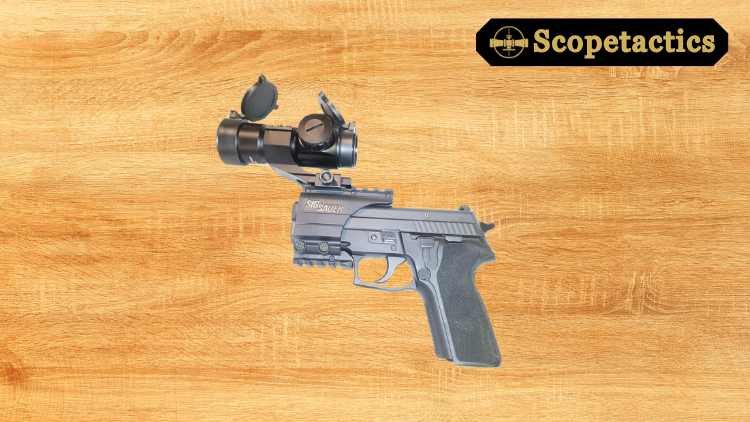












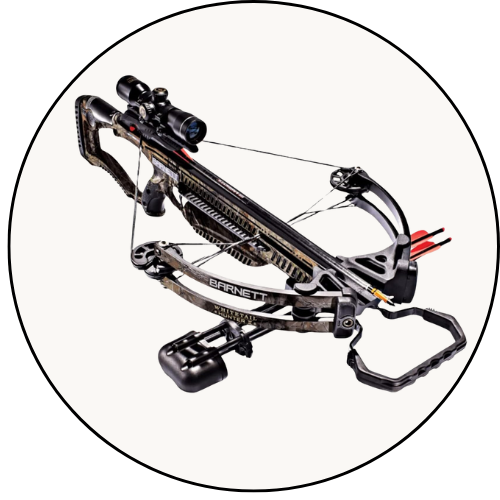

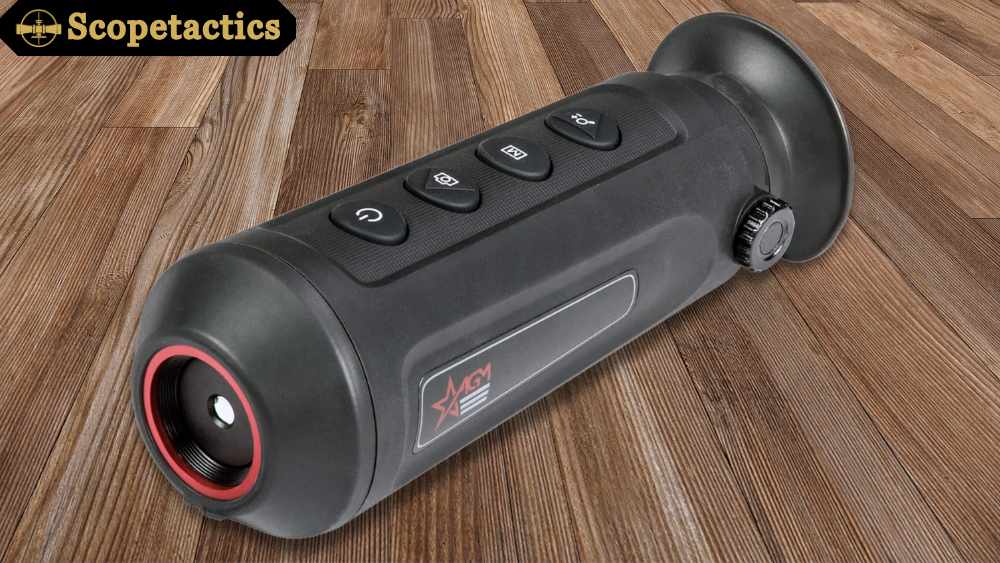
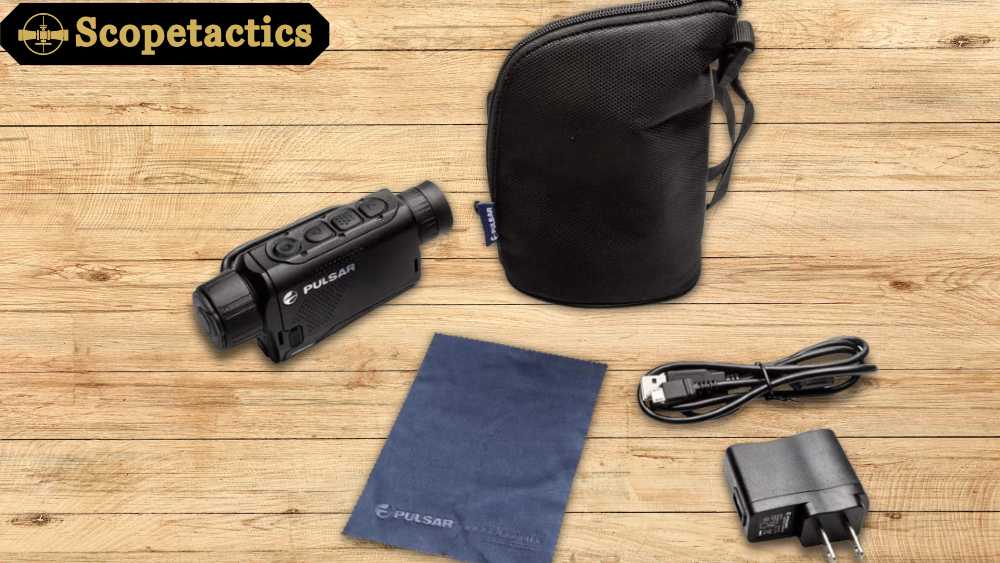
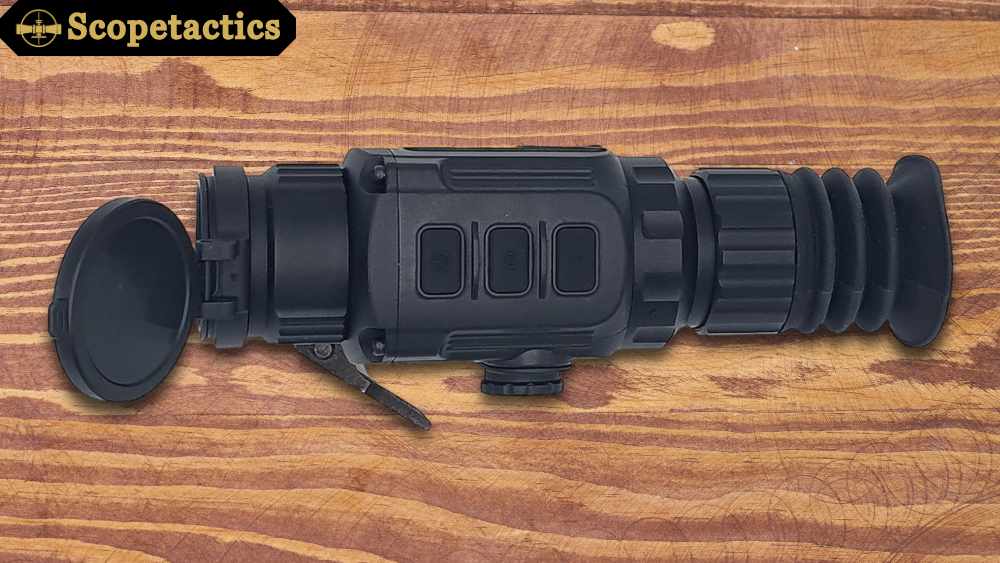
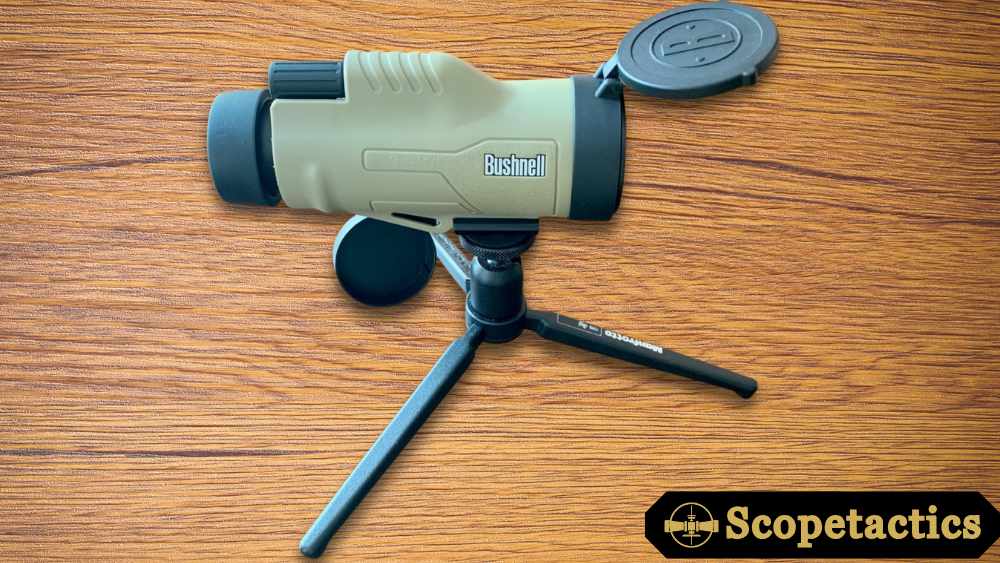
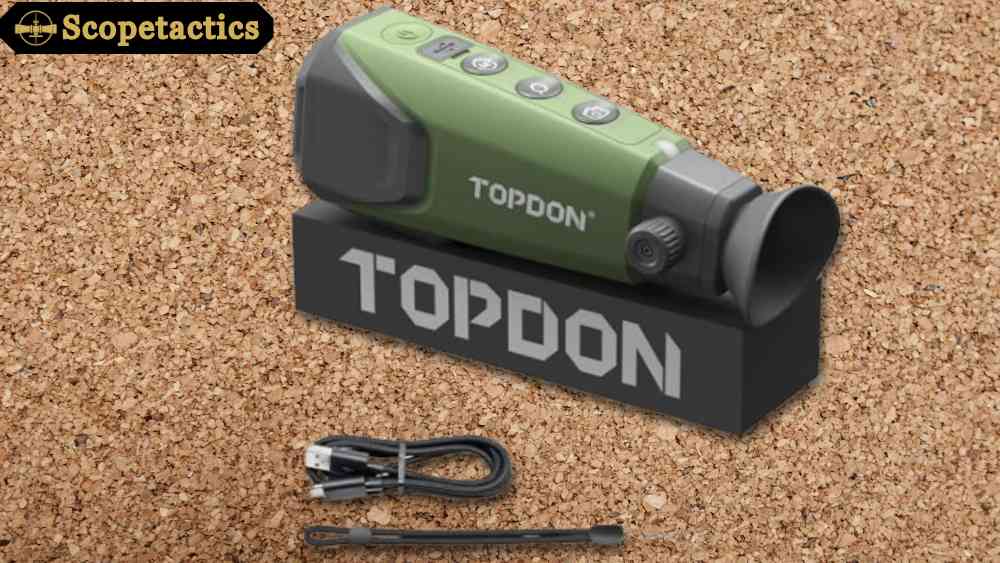
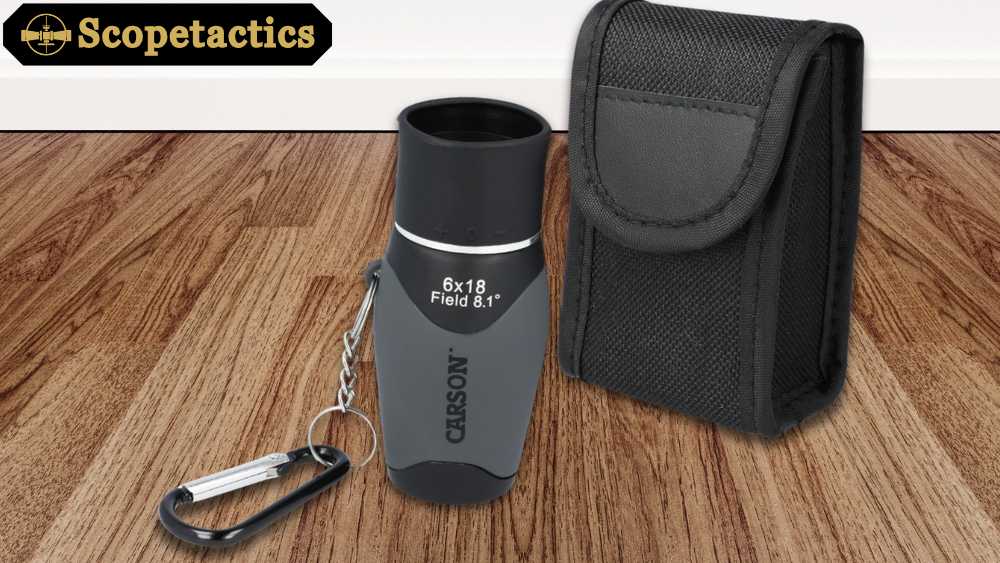
Leave a Reply